Editor’s note: This is a guest piece by Indian journalist and friend of The Taiwan Times – Brijender Mudgil
The current conflict between Armenia and Azerbaijan is not new, but this time it has appeared amidst dimensions hitherto yet unseen, and with new aims in sight.
The conflict between two neighbors over the region of Karabakh goes back to 1918 – 1920 in the wake of WWI, but was for decades diluted when the-then Soviet Union annexed both countries into the Soviet Union.
Moscow granted the region of Karabakh dominion status between the two countries.
When the two countries became independent following the disintegration of the Soviet Union the Issue of Karabakh again resurfaced in the late 1980s.
The issue, at its core centers on Azerbaijan being a predominantly Muslim country with a 91% Muslim population, and Armenia being a 96% Christian nation.
The Armenian Christian population predominantly living in the region of Karabakh at the time, and the regional assembly passed a resolution to join Armenia.
This angered the government of Azerbaijan, and from 1990 to 1994 a military conflict engulfed the region which is now referred to as the Nagorno-Karabakh War.
Azerbaijan tried every possible means to terrorize the local population between 1991 and 1992 by bombarding civilian residential areas, blocking supplies of essential goods even water and electricity supplies, but by 1994, at the time of a ceasefire, Armenia had gained de facto possession of the area, and seven nearby regions from Azerbaijan.
The Minsk Conference thereafter co-chaired by France, the USA and Russia, Turkey and several European countries brought the two warring countries to talks.
This achieved a temporary truce, but not a lasting solution.
Azerbaijan is at least three times bigger than Armenia in terms of size, population and economic and military might.
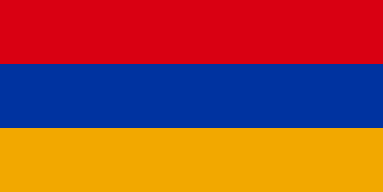
This often encourages their leadership to attempt to settle the issue with military action.
And in 2008 The President of Azerbaijan Mr. Illham Aliyev proclaimed that “Even Yerevan is our territory (the capital of Armenia) and Armenians in this region are just unwanted guests”.
This was followed by short military skirmishes between the two which are now called the Mardaket Skirmishes 2008.
Then, on 31st August 2010, the two sides again clashed on the border.
Both sides blamed the other for the flare-up in which fewer than ten soldiers in all perished.
This time, Russia called both countries to settle the issue at Kazan, in Russia, but no lasting solution could be found.
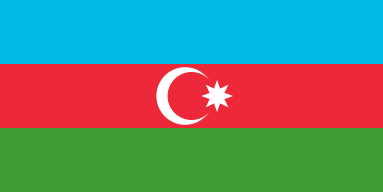
In the meantime, Azerbaijan inducted a known militant, and controversial person called Zakir Hasanov as defense minister, which made peace-broking nations more apprehensive.
Their fears surrounding the appointment were realised within three years.
In 2016 , Azerbaijan launched an attack to capture Karabakh in which 350 troops and civilians from both sides were killed, but again Azerbaijan failed to achieve anything of note, and they unilaterally declared a ceasefire.
Timing of The Present Attacks
From the 27th of September 2020 when both sides announced the mobilization of forces on the border, the person ‘jumping the gun’ to stand front and center in the issue was Turkish President Recep Tayyip Erdogan.
Erdogan not only lent his unbridled support to Azerbaijan from the get-go, but it is now being alleged that Turkey is providing men and material support to Azerbaijan in their push against Armenia.
It appears that this move was well planned by Azerbaijan with close consultations with Turkish authorities at a time the entire world is engaged in fighting COVID-19.
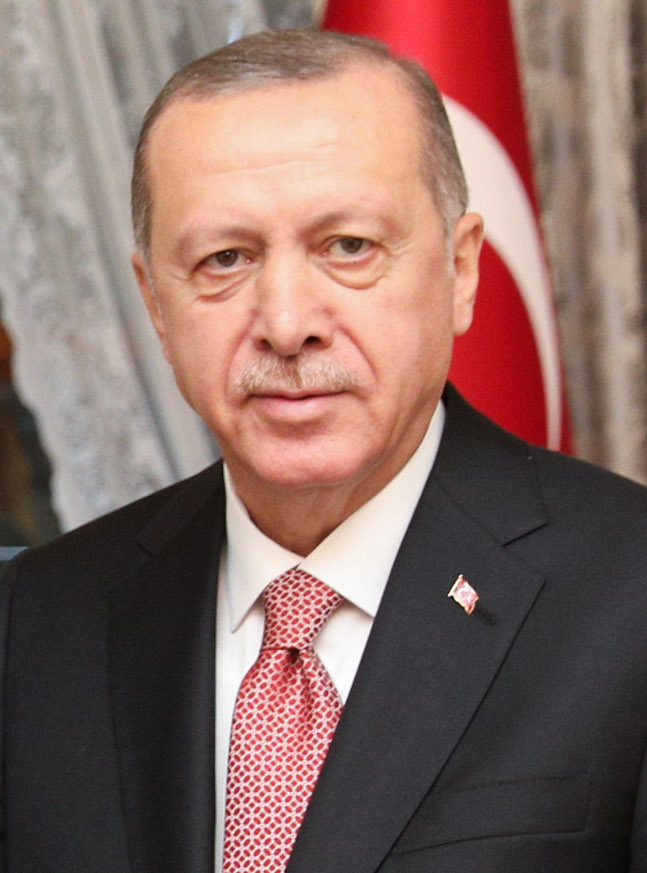
The Presidential Elections in America are just round the corner. India and China have their own territorial issues, and America and Japan are locked in emerging crises in containing Beijing in the South China Sea.
Taiwan too is working to avoid conflict with China.
Europe is pre-occupied with settling issues emanating from BREXIT.
Hence, the timing is perfect to hit hard and fast in a bid to grab an upper hand for Azerbaijan.
It is being alleged that Turkish journalists were even at the border to witness the first shots fired in this latest conflict.
They were certainly the first to report the border clashes making it quite apparent that they had prior knowledge of the attack by Azerbaijani forces.
The President of Armenia, Armen Sarkissian meanwhile, while talking on an Indian News channel alleged that the Turkish Air force not only shot down one of their fighter jets but that their senior military officials are actively involved in the military operations on the ground.
He further alleged that the pattern of attack is different ‘this time’.
Armenia is facing heavy bombardments of civilian residential areas in a clear attempt to execute ethnic cleansing and an effort to uproot the Christian Armenians from the areas of dispute, he added.
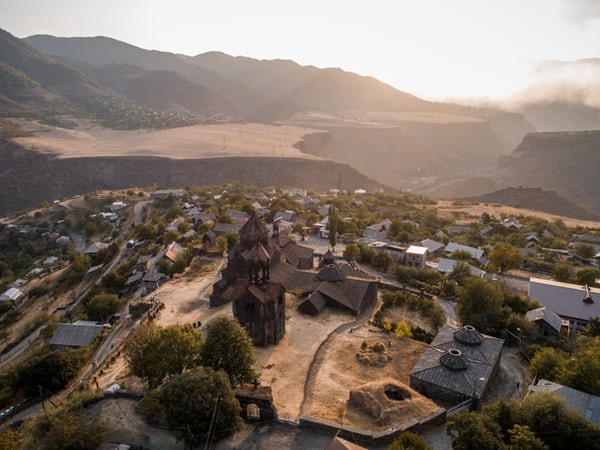
Many International News Agencies have now reported that Turkey is hounding Syrian Mujahidin fighters and ISIS offshoots, and pushing them into Azerbaijan to fight a ‘Jihad’ against Armenia.
The Prime Minister of Armenia Mr. Nikol Pashiyan, whilst himself talking to the Indian media added one more dimension – that soldiers of Asian dissent – i.e. from Pakistan are also being seen alongside Azerbaijani forces.
He further added that Pakistan was the second country after Turkey to support the actions of Azerbaijan.
Mr. Erdogan at the same time, in a move related to the religious divides in the region severely criticized the UAE for extending diplomatic relations to Israel.
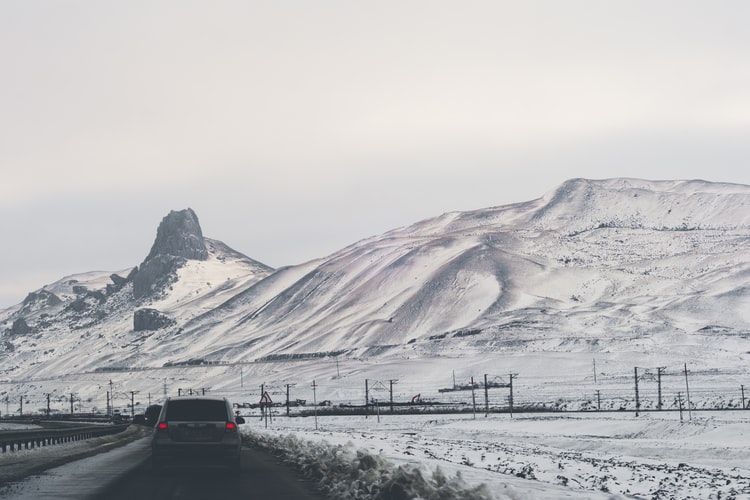
It is becoming apparent that Turkey is trying its best to give this regional bilateral conflict a more toxic communal color.
The desire of Turkey to place itself as the sole leader of Muslim countries against the Organisation of Islamic Cooperation (OIC) leadership of Saudi Arabia is quite obvious.
Last year, Turkey pleaded the case of Pakistan at the UN General Assembly on the Kashmir Issue, and tried to forge an alliance along with Pakistan and Malaysia against the OIC.

The Turkish President is putting the fraternity of nations in the Middle East at risk.
It should not be forgotten that some of the countries in question did not exist ‘yesterday’ historically speaking, and probably will not exist ‘tomorrow’ he implied recently, claiming “(we) will continue to keep our flag flying in this region for ever, with the permission of Allah”
Is Mr. Erdogan trying to initiate a Caliphate by invoking Islam?
Saudi Arabia responded immediately by banning Turkish products from the country.
Other countries may also follow.
France and Russia have already shown resentment against this emerging conflict in which clashes and casualties are increasing every day.
But mere statements of good intent will not be enough to stop this communally charged attack.
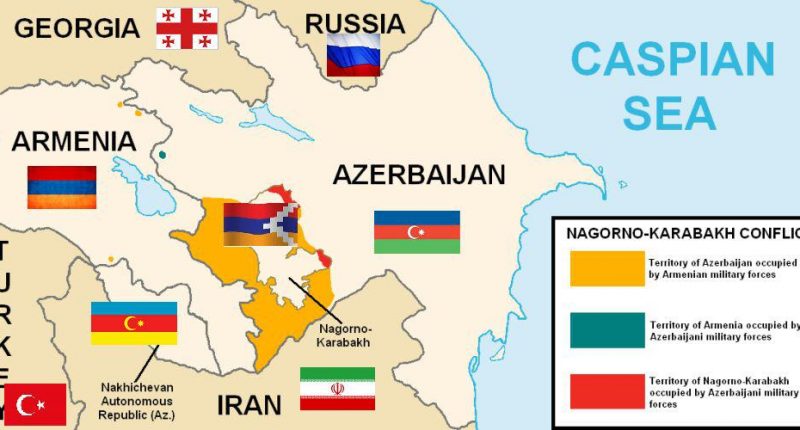

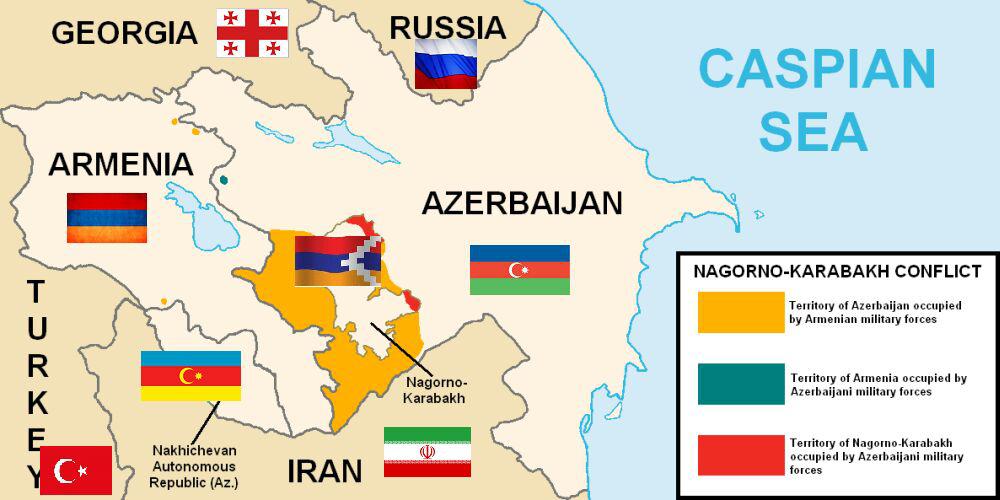

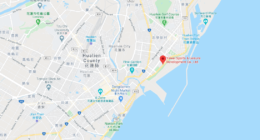



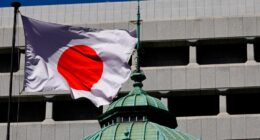


Comments are closed.